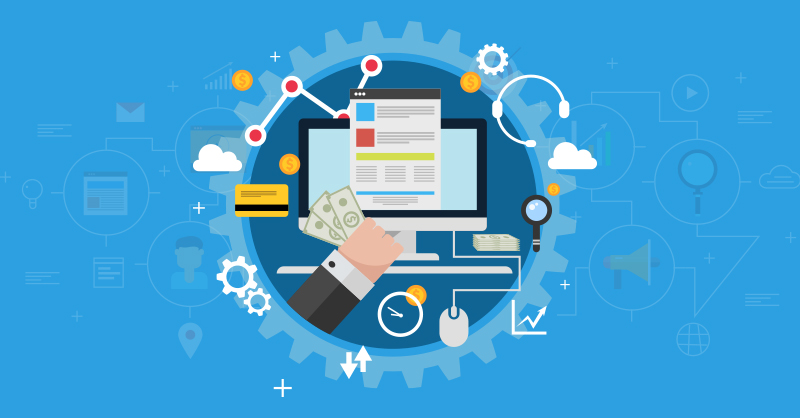
Deliverability rate affects B2B marketing in diverse ways. Let’s take a look at some of these effects
- Inaccurate campaign reporting
- Wasted Money
- Not Targeted Communication
-
Inaccurate campaign reporting
You will receive data and statistics when you launch an email marketing campaign that can reveal more about your business processes. Reporting processes are the lifeblood of marketing strategies.
These reports are vital because they help you and your team evaluate campaign performance, test and scale campaigns, and predict future decisions and actions. Clean data is required for accurate reports.
In marketing reports, bad data has consequences. Your database’s data can contaminate your reports and cause errors in your results. Based on false information, you make poor decisions that harm your marketing strategy and prevent you from progressing. With clean and accurate data, you can be confident in your marketing metrics and reports.
-
Wasted Money
Sending emails without addressing deliverability issues is a waste of money. If you are running an email campaign, you must ensure that your message reaches the inbox. Even if your email deliverability rates look good, don’t assume you’re safe. Your email hygiene must be impeccable or those emails will likely end up in junk mail folders.
According to Research Path, 79% of emails sent in 2016 reached the intended inbox, while 13% ended up in spam folders. Only 1% of users found emails in junk folders and moved them back into the inbox.
The lesson here is to find your own way to the inbox if you want strong campaign engagement.
To get to the coveted inbox, you must follow email design best practices. No matter how well-written your content is or how compelling your subject line is, if your company is known for sending to inactive or closed accounts, you may end up in the dreaded junk folder.
-
Not Targeted Communication
It may be simple or convenient to take the “one size fits all” route. This process requires no extra knowledge or planning from you. In this case, you’re letting the computer handle it. Sending identical messages to all your subscribers and hoping for a response may not be a viable solution or strategy.
- Leaving your marketing efforts to chance may cause unsubscribes. The top two reasons people unsubscribe from emails are overcommunication and irrelevant content. More targeted messages can solve both issues. Keep an eye on your email reports and click-through reports to learn more about your subscribers’ interests. Sending a survey to your existing subscribers can also reveal their preferences. Preferences change over time, so check in with your audience to see what they are interested in.
What influences deliverability rate?
- Email Service Provider
- Sender Reputation
- Email List Hygiene & Validation
-
Email Service Provider
A bulk email service provider offers email marketing services. An email service provider can help you launch an e-mail marketing or newsletter campaign quickly. An ESP may provide you with a template or pre-made template for sending to contacts.
You will get a tool for managing your subscribers and enhancing fields to hold more data.
You will have tools to analyze each email sent to determine campaign success. Also, you can test templates with email clients. You can perform SPAM testing to check the email’s score against known factors that may cause it to be blocked.
To improve delivery rates, ESPs allow you to send in both HTML and plain text formats.
-
Sender Reputation
Spam filtering systems check your reputation scores. When you send an email, spam filtering systems use complicated algorithms to determine if it is spam. If a system decides you are sending spam, your reputation score drops and you may be blocked.
Real people can also report you as an abusive sender. The “mark as spam” button in webmail alerts the spam filtering system. Your reputation will suffer if you are reported frequently.
-
Email List Hygiene & Validation
Always verify your email list. Email verification determines whether an email address is valid and deliverable. There are services that check an email’s deliverability. This service is usually part of a software package where you upload a list of email accounts and get a clean list of emails.




